Abstract
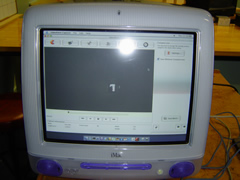
The amazing lens bends the rays so the hole can be large and the image both sharp and bright. Suitable for large lecture theatres with the use of a video camera.
Portable
Yes
Principles Illustrated
Pinhole camera: image formation, better quality but dim image with small hole, poorer quality but brighter image with larger hole. Image is dramatically improved by a lens.
This demo can be used in stage one to motivate the study of lenses. See how the magic lens allows a large hole but bends all the rays to the right places so the image is very sharp and very bright.
Setup includes a video camera so that the demonstration can be used in a large lecture hall provided the room can be made dark. In a small room there is no need for the video camera.
NCEA & Science Curriculum
SCI 1.3, PHYS 1.4, PHYS 2.3 , JNR SCI
Instructions
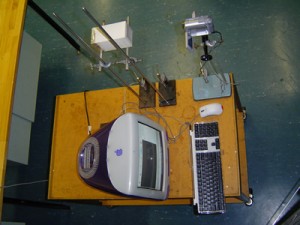 The pinhole camera can be cut and assembled from cardboard. The camera is designed for use with a +15 cm lens. The length of the camera can be adjusted for other lenses.
The pinhole camera can be cut and assembled from cardboard. The camera is designed for use with a +15 cm lens. The length of the camera can be adjusted for other lenses.
For use in large lecture halls that can be made dark, a video camera connected to a computer running VideoPoint Capture and a projector is pointed at the screen of the pinhole camera. The object is an “L” cut from black paper. The L is illuminated from behind with a bright fluorescent bulb. A bit of diffuser from an old fluorescent ceiling light helps to illuminate the “L” uniformly.
Safety
Individual teachers are responsible for safety in their own classes. Even familiar demonstrations should be practised and safety-checked by individual teachers before they are used in a classroom.
Example Data
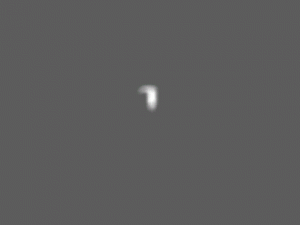
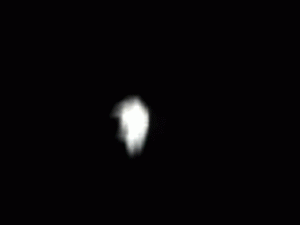
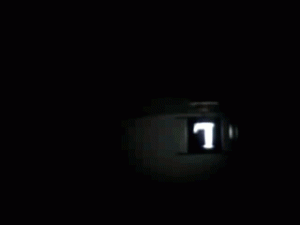
PowerPoint and camera activity
Powerpoint: PinholeCamera.ppt
Related Resources
We have pinhole eyeglasses. The pinhole camera, single pinhole eyeglasses, and commercial multiple pinhole glasses make a nice set of demos for use with a discussion of how lens cameras and lens eyeglasses work.
Pinhole Glasses || Through the pinhole glasses
The pinhole glasses are an interesting toy and a person with myopia can sometimes see better with them than with no glasses.
Teaching Resources
Would you like to contribute lesson suggestions? Contact us.
Credits
This teaching resource was developed with support from
The MacDiarmid Institute
Faculty of Science, Victoria University of Wellington
School of Chemical and Physical Sciences, Victoria University of Wellington